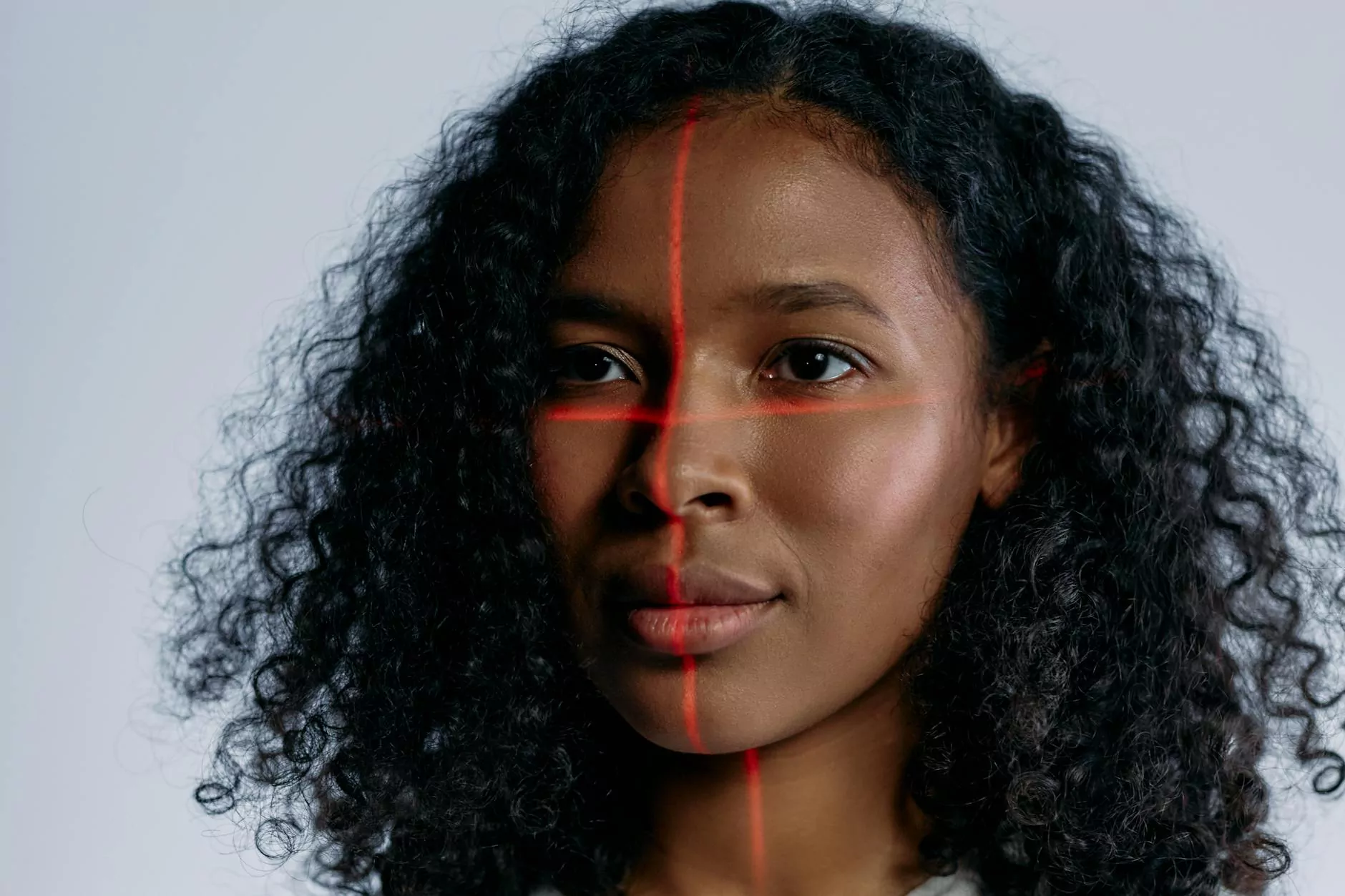Understanding and Addressing Dark Skin on Toes

Dark skin on toes can be a concern for many individuals, both aesthetically and for health-related reasons. It's essential to understand what causes this condition, the potential underlying health issues it may indicate, and what treatment options are available. In this comprehensive guide, we will delve deep into the subject, offering insights that can help you take proactive steps toward healthier feet.
The Anatomy of Your Toes
Before we explore the causes of dark skin on toes, it's crucial to understand the anatomy of your toes. Each toe consists of:
- Bone Structure: The phalanges are the small bones that make up each toe.
- Skin Layers: The skin on your toes has multiple layers, including the epidermis (outer layer) and dermis (inner layer).
- Blood Vessels: These supply nutrients and oxygen to the tissues and can affect skin coloration.
- Melanin Production: Skin color is primarily determined by melanin, which can vary in production due to several factors.
Common Causes of Dark Skin on Toes
There are numerous reasons why someone might experience darkening of the skin on their toes. Below are some of the most prevalent causes:
1. Hyperpigmentation
Hyperpigmentation is the most common cause of dark skin on the toes. This condition occurs when certain areas of the skin produce excess melanin. Various factors can lead to hyperpigmentation, including:
- Sun Exposure: Prolonged sun exposure can darken skin, especially on uncovered areas like the feet.
- Hormonal Changes: Fluctuations in hormones may lead to increased melanin production, particularly during pregnancy or with the use of oral contraceptives.
- Skin Injuries: Any injuries, such as cuts, scrapes, or infections, may result in post-inflammatory hyperpigmentation.
2. Fungal Infections
Fungal infections such as athlete's foot can lead to discoloration, including dark skin on toes. These infections often manifest with other symptoms, including:
- Itching: One of the primary symptoms of a fungal infection.
- Peeling Skin: The skin may peel or crack, especially between the toes.
- Odor: Fungal infections can lead to a strong, unpleasant smell.
3. Underlying Vascular Conditions
Conditions affecting blood circulation, such as venous insufficiency or other vascular issues, may also lead to darkening of the skin. In particular:
- Varicose Veins: These swollen, twisted veins can cause changes in skin color, particularly around the ankles and toes.
- PVD (Peripheral Vascular Disease): Reduced blood flow to the extremities can lead to darkening and other skin changes.
4. Diabetes-Related Issues
Diabetes can lead to skin complications, including areas of darkened skin known as acanthosis nigricans. This is often a sign of insulin resistance and can occur on the toes and other body parts.
Symptoms Accompanying Dark Skin on Toes
While the primary issue may be the darkened skin itself, it is essential to observe any accompanying symptoms that may help diagnose the underlying cause. Common symptoms include:
- Swelling: Inflammation around the toes.
- Pain or Discomfort: Unusual feelings of pain that may indicate a more severe issue.
- Change in Temperature: Any noticeable difference in warmth or coldness can be significant.
When to Seek Medical Attention
If you notice dark skin on your toes accompanied by other troubling symptoms such as persistent pain, swelling, changes in nail growth, or any open sores, it is crucial to seek medical attention from a vascular specialist. Early intervention can lead to better outcomes.
Diagnosis and Treatment Options
Upon visiting a healthcare provider, several diagnostic steps may be taken, including:
- Medical History Review: Understanding your medical background is vital.
- Physical Examination: A thorough examination of your feet and toes.
- Laboratory Tests: Blood tests may be conducted to check for underlying issues such as diabetes or infections.
Home Remedies and Preventive Measures
Alongside medical treatment, certain home remedies and lifestyle changes may improve the appearance and health of your toes:
- Moisturizers: Keeping your feet well-hydrated can help maintain skin health.
- Proper Hygiene: Regular washing and drying of feet can prevent fungal infections.
- Footwear Choices: Wearing breathable shoes can help reduce moisture buildup.
- Sun Protection: Applying sunscreen to your feet when exposed can prevent further darkening.
Conclusion
Dealing with dark skin on toes can be concerning for both your health and self-esteem. Understanding the causes—ranging from hyperpigmentation to underlying health conditions—is the first step toward treatment. By consulting with healthcare professionals, particularly those specializing in vascular medicine, you can gain invaluable insight into your symptoms and receive personalized care tailored to your needs.
Remember, taking action early can help in managing not only the appearance of your toes but also any underlying issues that may contribute to skin changes. Your feet play a significant role in your mobility and overall health, so prioritize their care.






